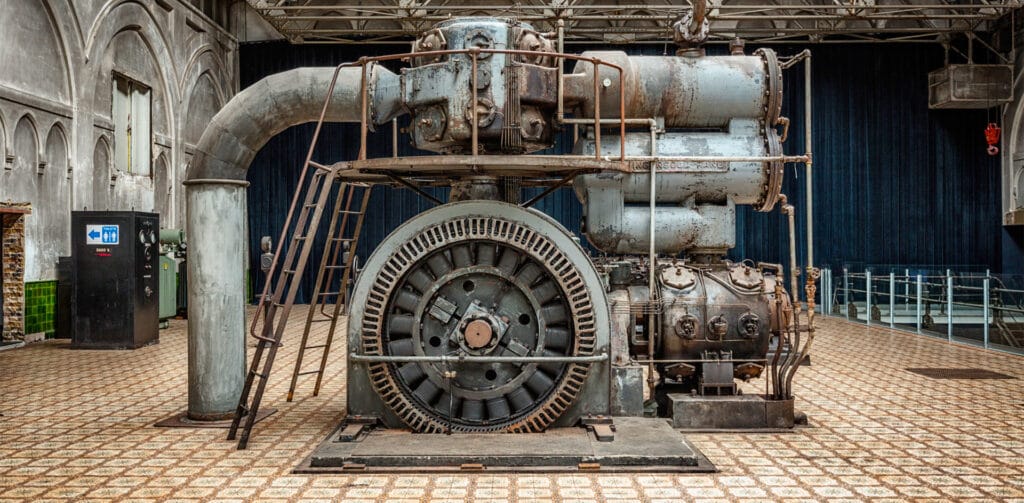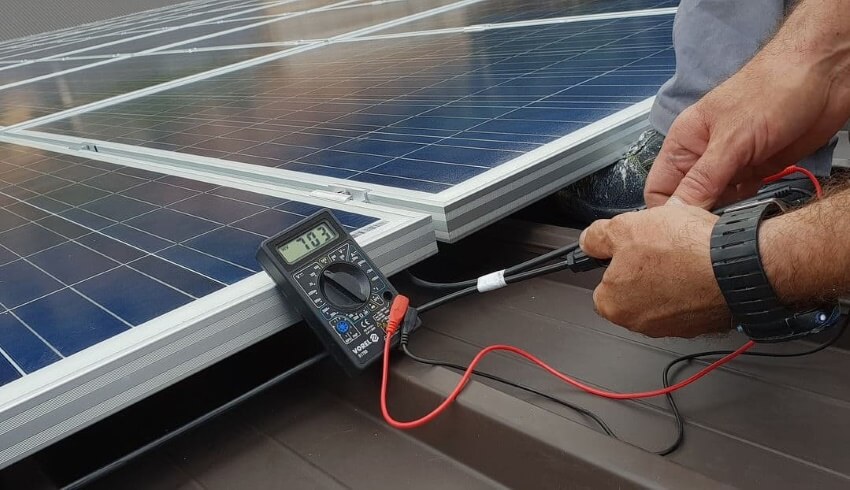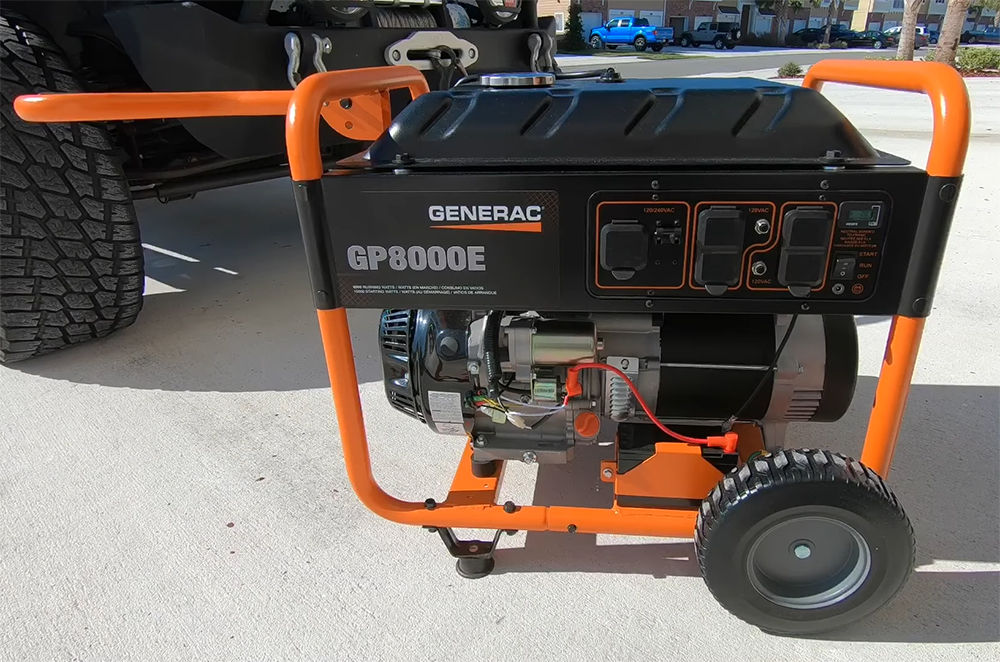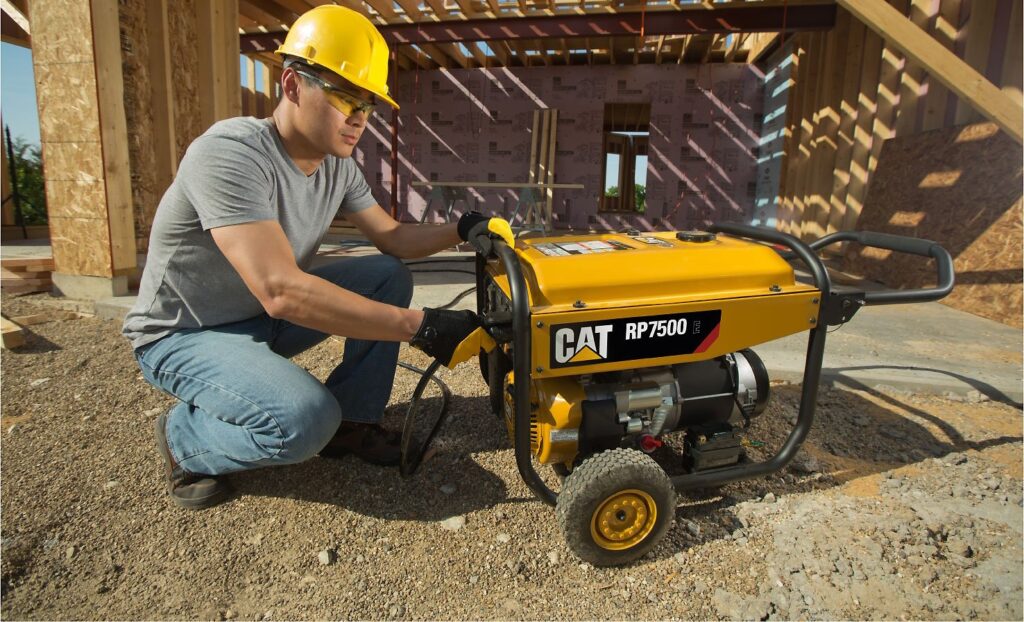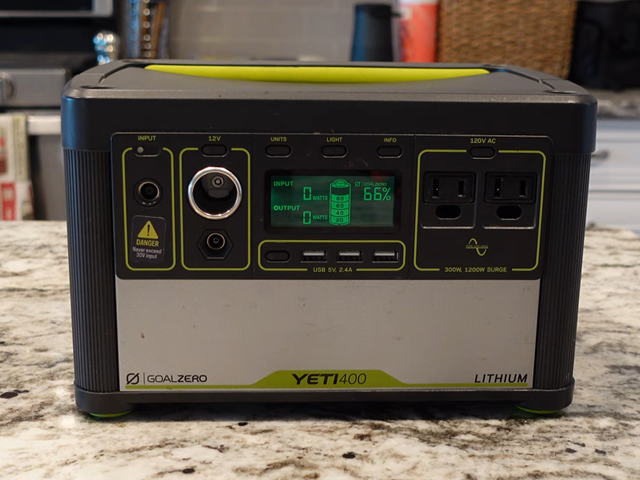
Generators are a great way to get power on the go – and reliability and efficiency are paramount when choosing a generator. Westinghouse is one of the most well-respected names in the generator industry. The company produces high-quality generators at an affordable price.
We reviewed the entire Westinghouse generator lineup and narrowed it down to just our seven favorite models. The best Westinghouse generator Westinghouse WGen3600DF, is a compact but powerful inverter generator that has a lot to offer. Whether you need power for a camping or road trip, running electrical tools around your property, or for keeping essentials on during a power outage, the iGen2500 can handle it.
We spent tens of hours researching Westinghouse generators to see which units offer the best combination of power output, runtime, and noise. All three of these factors come together to determine how you’ll be able to use your generator and what situations it will be best suited for. Check out the table below to see all of our seven top picks, then continue reading for detailed reviews of each generator. Our Buying Guide covers everything you need to know about choosing the right Westinghouse generator for your needs. Finally, we sum up our three overall favorite picks.
The Westinghouse WGen3600DF is an open frame, portable dual fuel generator which allows for 120 volt output and provides superb versatility. When gasoline powered, it provides 3600 watts of running wattage, while it has 3240 rated watts when propane powered. Despite this impressive power performance, the WGen3600DF has a noise rating of just 68 dBA, which is less noisy than a busy office. Regardless of the tun time, the four gallon fuel capacity ensures that this generator can operate for up to 14 hours with a full tank of gas or up to 16.5 hours using a 20 pound propane tank.
What stands apart with the WGen3600DF is that there are two methods of starting the generator. You can use the traditional, pull start, simple mechanism, but there is also an electric starter, which is easy to use and convenient. You can also start the generator remotely using the included key fob. There are also a variety of outlets on the control panel including 4 AC outlets including a TT30R, making the model RV ready. There is also a built in fuel gauge, overload protection and auto low oil shut off. This makes it easy to monitor if you’re running low on gas and enjoy peace of mind that you won’t damage the generator if the oil starts to run low.
This powerful conventional generator from Westinghouse is loud but quite fuel efficient. That’s thanks to the four-stroke OHV Westinghouse engine at the heart of this generator. The unit can run for a whopping 12 hours at a 50% load, which means that you can easily run it for an entire day of power without having to stop and refuel.
On top of that, this generator provides an impressive amount of power. It’s capable of producing 12,500 watts of surge power, which is second only to the WGen12000DF. This generator’s 9,500 watts of continuous power makes it more heavy-duty than most top offerings from other generator manufacturers.
Of course, all that power does come with a few drawbacks. First, this generator weighs a hefty 192 pounds. It’s mounted on wheels, but you’ll need a few people to move this generator if it needs to be lifted. Thankfully, users found that the steel frame gives you some points to grab onto. The other downside is that the generator is loud, producing 73 dB of noise. You’ll want to wear ear protection and avoid using the generator in the mornings or evenings.
Still, heavy users were quite happy with this generator’s capabilities. In addition to four 120-volt outlets and a 30-amp outlet, it comes with a 50-amp outlet for shop applications. It also has a remote electric start, which is extremely helpful for starting a generator of this size. Of course, the generator is also equipped with a power meter display so you can see how much wattage you’re drawing.
The WGen 7500 power equipment is a conventional dual-fuel generator with high power output. It has a peak running power of 9500 watts and continuous running power of 7500 watts when running on gasoline. On propane, it generates an output of 8550 and 6750 watts peak and running power, respectfully. The WGen7500DF is ideal for when you are looking for an emergency generator for your home, for DIY work, or if you need a generator for camping.
As is customary with Westinghouse products, this generator is created with the highest quality standard. It incorporates a robust frame that covers and protects it. Featuring a pair of off-road wheels, it is very easy to carry from one place to another. The fact that the WG7500 can run on both propane and gasoline makes it one of the most versatile power plants on the market. With a fairly silent 74dBA motor and power of 7500 watts, the model can keep your refrigerator, television or air conditioning on, perfect for home use.
Also, the dual-fuel generator has a simple operating system that makes it easy to use. There’s a relatively simple digital panel that can be turned on by a remote control method, or an electronic starter. It comes equipped with a powerful Westinghouse engine designed for power and reliability. There’s also a top valve that allows the engine to perform better at lower temperatures and with less fuel consumption.
Westinghouse’s most powerful generator, the WGen12000DF, is ideal for the most heavy-duty applications. If you need a generator to power a shop, a large house during a power outage, or a busy worksite, this is the generator for you.
One of the biggest advantages to this generator is that it is a dual-fuel model – it’s capable of running on either gasoline or propane. On gasoline, you get the full output of this generator: 15,000 watts of surge power and 12,000 watts of continuous power. You’re slightly limited running on propane, to 13,500 watts of surge power and 10,800 watts of continuous power, but this is still more power than most applications require.
Commercial users loved the large fuel tank on this generator – Westinghouse built it to hold more than 10 gallons of fuel. As a result, you can run the generator at 50% load for a full 11 hours. At full power, you can still get close to a full day of power before having to turn the generator off and refuel.
As you might expect, this generator is a beast to handle. It weighs in at over 350 pounds, so moving it around is no easy feat. The integrated wheels can handle most terrain, but you’ll need a ramp to get it in and out of a truck safely. The 74-dB noise production is also quite a lot, although it’s on par with some of Westinghouse’s smaller generators.
The iGen2500 won our Editor’s Choice pick for its compact size and simple design. This isn’t the most heavy-duty generator, but it’s extremely well designed and features Westinghouse’s inverter technology to make it safe for use with sensitive electronics.
What we loved most about this generator is how quiet it is. At just 52 dB, you can use this generator just about anywhere without worrying about bothering your neighbors or ruining your hearing. The generator is also small enough to throw in the back of any car.
This generator is a step above most other manufacturers’ 2,000-watt generators. It offers a full 2,500 watts of surge power and 2,200 watts of continuous power. Those extra few hundred watts can be the difference between powering a minifridge or charging your phone and computer.
While the iGen2500 doesn’t come with a 30-amp outlet for use with an RV, it has a pair of USB outlets that let you take advantage of the generator’s inverted electricity. Users also loved the power meter display, which you won’t find on most other generators this size.
Still, we’d be remiss if we didn’t point out the few minor flaws to this generator. First off, it’s the only Westinghouse generator we reviewed that doesn’t feature an electric start. It’s not a huge deal, though, since users found that the recoil start works reliably even when the generator is starting cold. In addition, at 48 pounds, the iGen2500 is pushing the limit of what one person can carry.
If you’re on a tight budget but still need a tremendous amount of power, this relatively inexpensive Westinghouse generator is the perfect choice. It provides 11,500 watts of surge power and 8,500 watts of continuous power, which is more than enough for even the most heavy-duty applications. On top of that, it comes with a four-stroke Westinghouse OHV engine that is durable, reliable, and fuel-efficient.
The generator is on par with the much more expensive WGen9500 in runtime. The fuel tank is large enough to offer a 12-hour runtime at a 50% load. However, where this generator falls short is in the current produced. The generator offers a second 30-amp outlet rather than a high-current 50-amp outlet, so you may be a bit limited if you need to use it for shop applications.
One of the things that users really liked about this generator is that all of the outlets are backed by a full GFCI panel. That protects your electronics and the generator engine in the event that you accidentally overload it. Of course, you can avoid this in the first place by checking on your power draw using the power meter display.
The main complaint that users had about this generator was its weight. At 216 pounds, it’s significantly heavier than the WGen9500. In fact, you’ll need at least four people to lift this generator into or out of a vehicle. Noise is also an issue, although that’s to be expected of a generator capable of this much power.
This mid-sized inverter generator from Westinghouse is extremely impressive. To start, it offers 4,500 watts of surge power and 3,700 watts of continuous power – essentially pushing the limits of what an inverter generator can offer. To take advantage of all that power, you get a pair of 120-volt outlets, a 30-amp twist-lock outlet, and a pair of USB ports. The 30-amp outlet is a major upgrade if you plan to use this generator with an RV, since it can be outfitted with a converter to allow you to directly power your RV’s electrical circuits.
In addition, while this generator takes just 3.4 gallons of fuel, it lasts a whopping 18 hours at a 25% load. That means that you can easily use this generator all day without having to stop and refuel.
What users loved most of all, though, is that this generator produces just 52 dB of noise. That’s on par with the iGen2500, which puts out just half as much power. The low noise production meant that users could easily use this generator for camping and around the house without bothering neighbors.
We also liked that the generator comes with a remote electrical start and a power meter display. There’s really not much more that you could ask for in a generator.
The only complaint that users had was that this generator weighs nearly 100 pounds. While it’s mounted on wheels, that weight makes it difficult for one person to move in and out of a vehicle.
Now that you’ve learned more about our six favorite Westinghouse generators, how do you decide which model is right for you? In our Buying Guide, we’ll cover everything you need to know about Westinghouse generators and the features to watch out for.
Buying a generator can be complicated because of all the different features and options. Here, we’ll highlight the important features that you need to consider when choosing a Westinghouse generator. That way, you can ensure you’re getting the right generator for your needs.
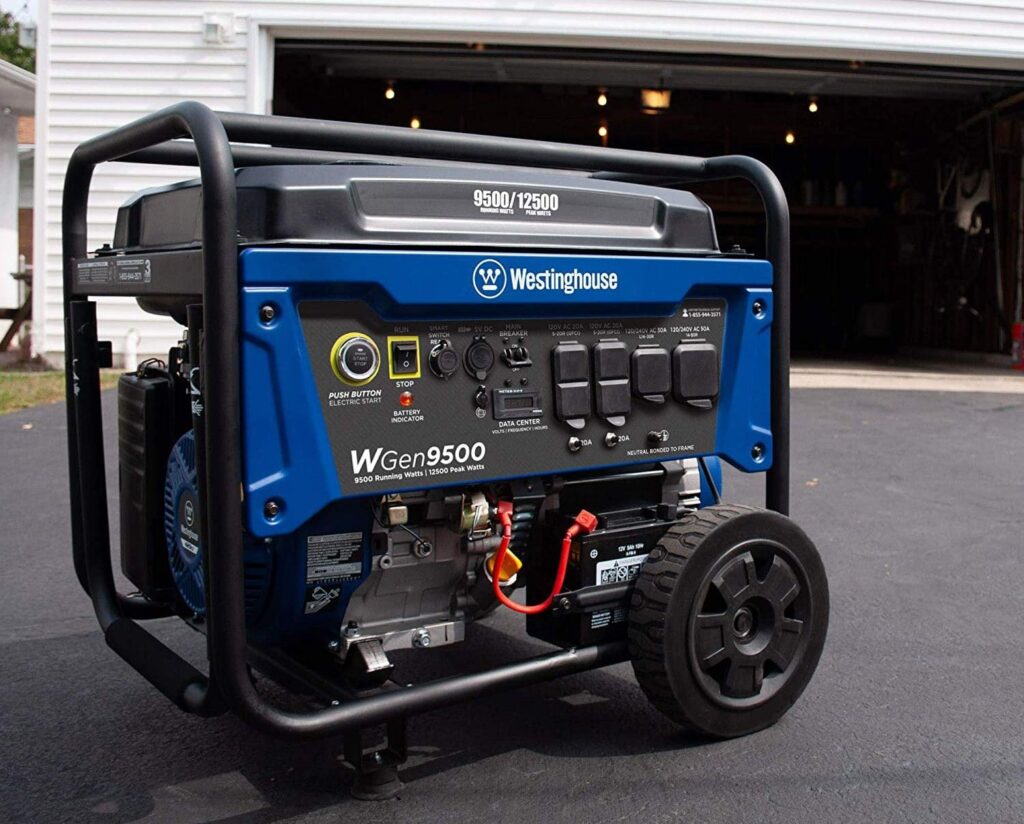 Type
TypeBroadly speaking, there are two types of generators: conventional and inverter. Inverter generators like the iGen2500 and iGen4500 use modern technology to produce more power with less fuel consumption and less noise. They’re not only more efficient, but they also produce cleaner power – you can safely use an inverter generator with sensitive electronics like your smartphone or computer. The other big advantage to inverter generators is that you can connect two of them in parallel to double your available power.
However, there are some downsides to inverter generators. The big one is that inverter generators are limited in the amount of power they can produce – the 4,500-watt iGen4500 is among the most heavy-duty inverter generators you’ll find. The other downside to inverter generators is that they are more expensive than conventional generators for the same output.
In general, we recommend inverter generators if they can meet your needs. But, if you need a lot of power and don’t mind a noisy generator, you might be better off with a conventional generator.
One of the biggest decisions you’ll need to make when choosing a Westinghouse generator is how much power you need. Generators come with two power ratings.
The surge power is the amount of wattage the generator can sustain for a few seconds when starting up motor-driven appliances such as refrigerators, freezers, and air conditioners. The rated wattage is the amount of power that the generator can continuously produce over its entire runtime.
When considering how much power you need, it’s a good idea to err on the side of having plenty of power for your needs without going too far overboard. You can estimate the amount of power you’ll use by adding up the running wattages of all of the appliances you plan to plug into your generator at one time.
Most Westinghouse generators are designed to run on gasoline only, but a few models – like the WGen7500DF and WGen12000DF – are able to run on either propane or gasoline. Whether you need a dual-fuel generator depends on how you plan to use your generator.
Both gasoline and propane are readily available, but propane stores for much longer periods than gasoline. As a result, a propane generator is a good choice if you plan to use your generator to power your home during an outage and want to keep fuel on hand around the house. Keep in mind, though, that your dual-fuel generator will have lower surge and rated wattages when running on propane as compared to gasoline.
Westinghouse produces all of its own engines for its generators, which is part of why Westinghouse generators are so reliable. All of the generators we reviewed except the WGen12000DF use OHV four-stroke engines, which are relatively quiet and fuel-efficient compared to older two-stroke engines. The WGen12000DF does use a two-stroke engine, but given the size of this generator a lot of noise production is already a given.
The runtime of a generator – that is, how long it can run on a single tank of fuel – is determined by the fuel tank capacity and the generator’s efficiency. Runtime is important because refueling requires that you turn off your generator and let it cool down fully, which takes at least 20 minutes without power.
The outlets that your generator is equipped with are extremely important for determining what you can power.
Also look for USB outlets on the inverter generators. These allow you to power your small electronics without taking up additional, valuable outlet space.
The amount of noise your generator produces is a major consideration when choosing a model. Smaller models are generally quieter than larger generators, and inverter generators are typically quieter than conventional generators. The quietest inverter generators are just under 50 dB, so the iGen2500’s and iGen4500’s 52 dB is very competitive. On the other end of the spectrum, generators like the WGen12000DF that produce 74 dB are quite noisy and you’ll need to consider ear protection.
Portable generators are meant to be taken wherever you go, so size and weight are important to think about. All of the Westinghouse generators we reviewed except the iGen2500 are mounted on wheels, which adds weight but makes them easier to carry around.
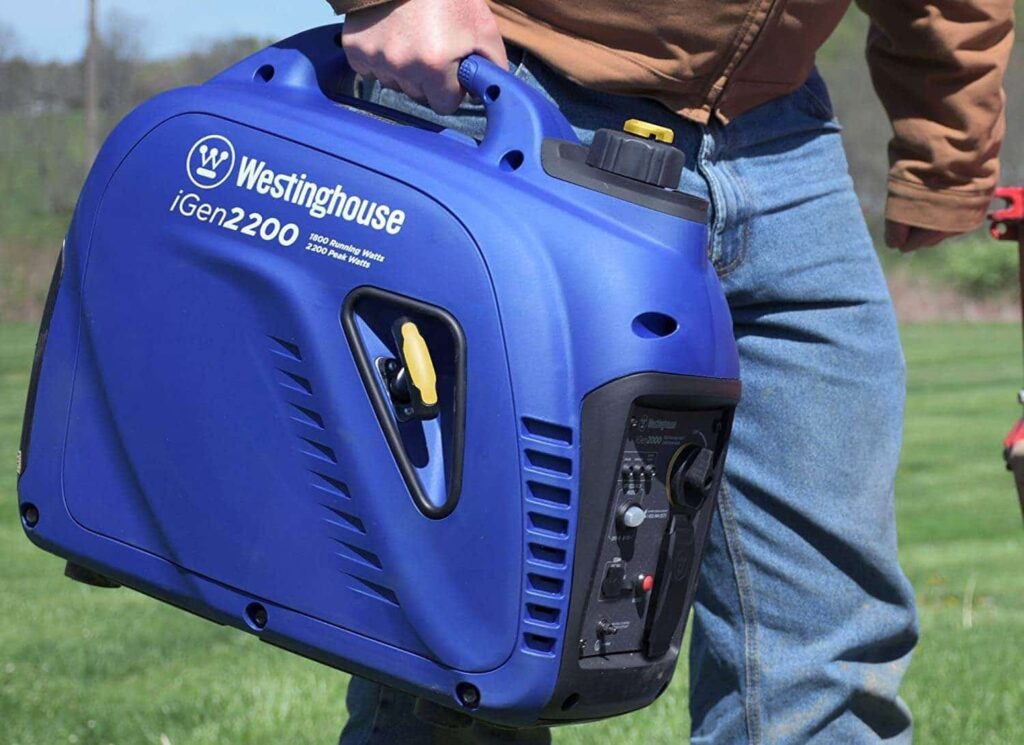 Warranty
WarrantyA generator is a major investment, so you want to be certain that you’re protected in the case of a manufacturing defect. All of Westinghouse’s generators come with a three-year warranty and lifetime maintenance.
Many Westinghouse generators come with helpful extra features like a meter display, which allows you to see how much power you’re using and how much runtime you have remaining. In addition, all of the generators we reviewed except the iGen2500 come with an electric starter that can be activated with an included remote.
Our overall favorite Westinghouse generators are the WGen3600DF and WGen9500. The WGen9500 is an extremely powerful conventional generator. While it’s loud and heavy, it offers the features that power users need – like a power display meter, a long 12-hour runtime at 50% load, and a 50-amp shop outlet. While quite heavy to be a “portable” generator, the handle and wheels do make the Westinghouse WGen3600DF easier to situate. With a running potential of up to 16.5 hours depending on your fuel and remote start, this powerful generator is tough enough to handle any power challenges.
